Key Takeaways
- Termites can cause costly structural damage.
- Keeping wood away from your home prevents infestations.
- Reducing moisture deters subterranean termites.
- Regular inspections help detect infestations early.
- Preventive termite treatments offer long-term protection.
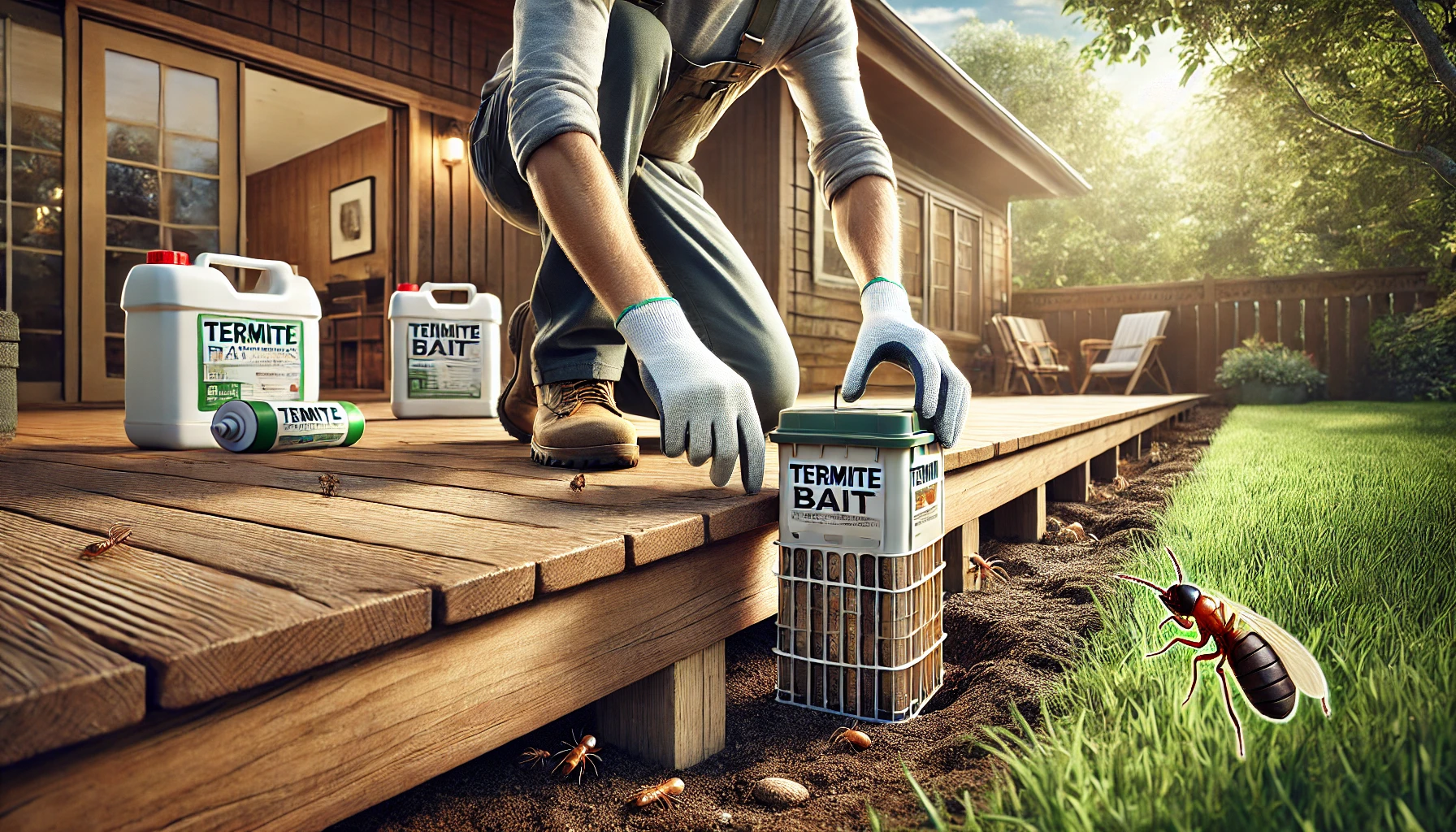 Termites may appear be looking small, but they can cause massive damage to our homes, leading to costly repairs and structural issues. These small but silent destroyers feed on wood and other cellulose materials, often going undetected until significant damage is done.
The good news? With the right preventive measures, homeowners can protect their property from termite infestations. In this guide, we’ll explore practical and effective ways to prevent termites from entering your home.
Termites may appear be looking small, but they can cause massive damage to our homes, leading to costly repairs and structural issues. These small but silent destroyers feed on wood and other cellulose materials, often going undetected until significant damage is done.
The good news? With the right preventive measures, homeowners can protect their property from termite infestations. In this guide, we’ll explore practical and effective ways to prevent termites from entering your home.
Understanding Termites and Their Threat
Termites are social insects that live in colonies and primarily feed on wood.Types of Termites
-
Subterranean Termites: These live underground and build mud tubes to access food sources. They are the most destructive type.
-
Drywood Termites: Unlike subterranean termites, drywood termites don’t need contact with soil and infest dry wood inside homes.
-
Dampwood Termites: These prefer moist and decaying wood, usually found in damp basements or near water-damaged structures.
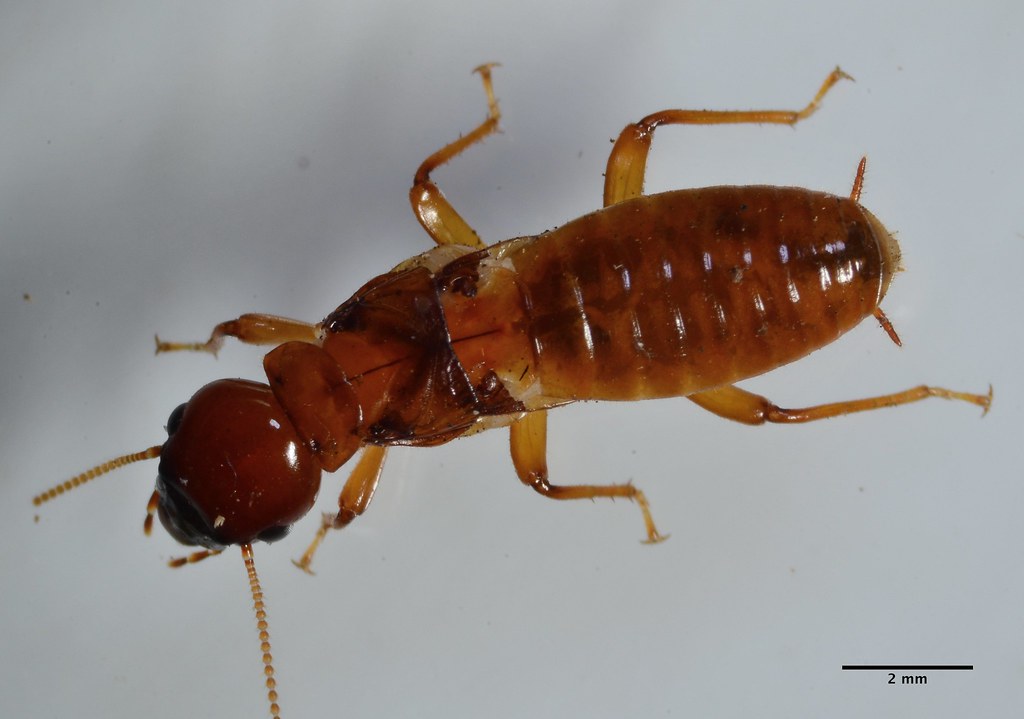

Not getting a solution?
Get your free pest control estimate today!Keep Wood Away from the House
- Termites are always on the lookout for food sources, and anything made of wood near your home can attract them.
- Store firewood and lumber at least 20 feet from your home and off the ground.
- Avoid direct wood-to-soil contact by ensuring wooden decks, fences, and garden beds are built with barriers or non-wood materials.
- Remove dead trees, stumps, and wood debris from your yard, as these can serve as termite breeding grounds.
- Use termite-resistant materials for construction, such as treated wood, concrete, or metal.
Reduce Moisture Around the Foundation
- Termites, especially subterranean species, thrive in damp environments. Reducing moisture around your home can make it less attractive to them.
- Fix leaks promptly – Check plumbing, air conditioning units, and roof gutters for leaks.
- Ensure proper drainage – Downspouts and gutters should direct water away from your foundation.
- Ventilate crawl spaces and basements – Proper airflow helps keep these areas dry and less hospitable to termites.
- Use dehumidifiers in humid areas like basements to prevent excess moisture buildup.
Maintain a Termite-Free Landscape
- Your yard can either help or hinder termite prevention efforts. Here’s how to keep your landscaping termite-proof:
- Keep much away from the foundation – Mulch retains moisture and provides shelter for termites. If used, keep it at least 12 inches away from the home.
- Trim vegetation – Ensure shrubs, trees, and vines don’t touch your house, as they can provide hidden pathways for termites.
- Use gravel or rubber mulch instead of wood mulch near the foundation.
- Elevate wooden structures like sheds and decks on concrete bases rather than placing them directly on the soil.
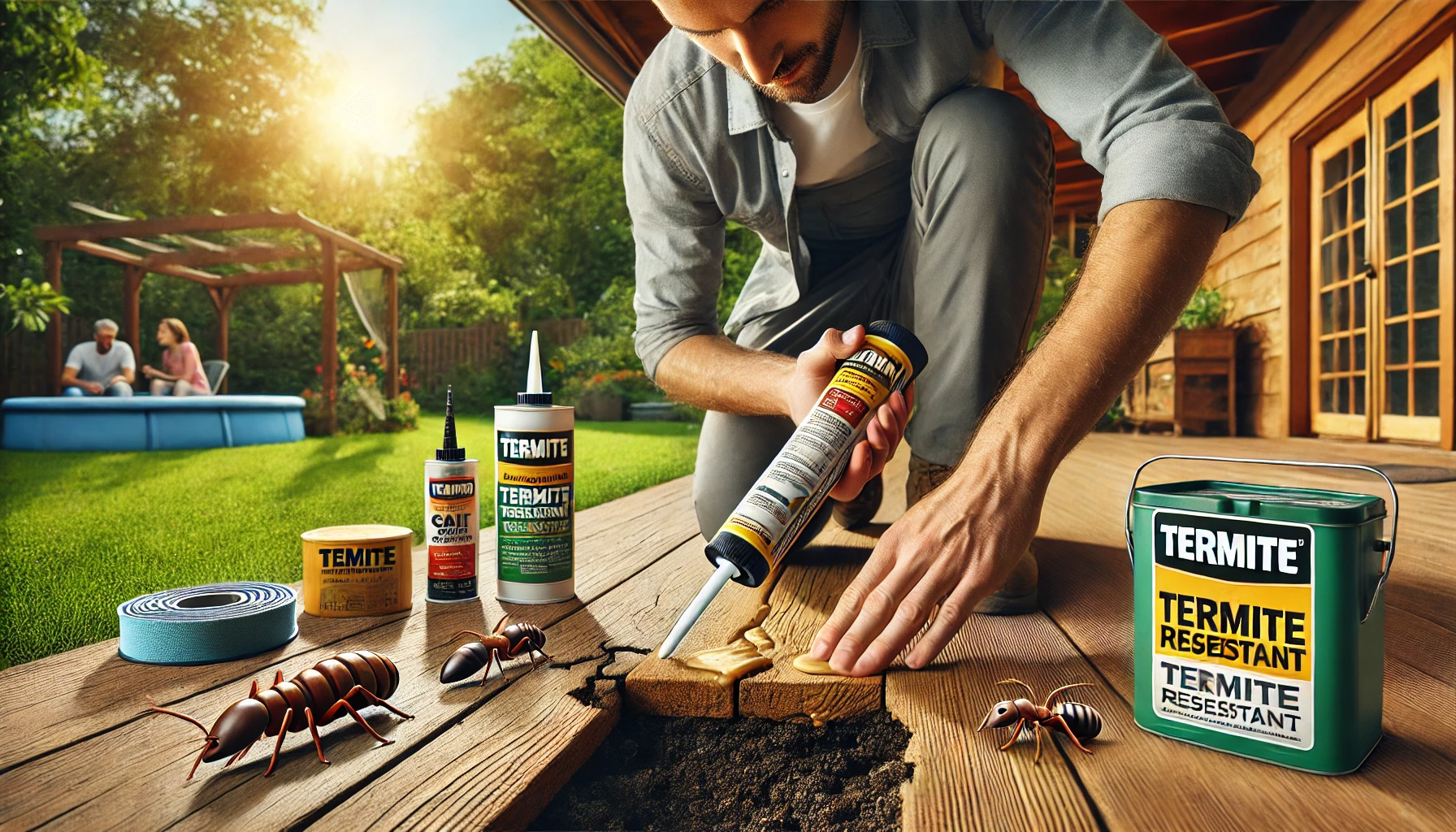
Seal Cracks and Entry Points
- Even the smallest cracks in your home’s foundation or walls can allow termites to enter.
- Inspect and seal foundation cracks using caulk or concrete filler.
- Check and repair damaged window and door frames to prevent drywood termites from entering.
- Install screens on vents and chimneys to keep swarmers (winged termites) from finding their way inside.
- Seal gaps around plumbing and utility lines with a sealant or steel wool to block hidden entryways.
Schedule Regular Termite Inspections
- Since termites can remain undetected for years, professional inspections are crucial.
- You can also try Get an annual termite inspection from a licensed pest control company.
- Check for signs of termites, such as mud tubes, discarded wings, and hollow-sounding wood.
- Monitor high-risk areas like crawl spaces, basements, and attics for potential infestations.
- Consider installing termite monitoring stations around your property for early detection.
Use Preventive Termite Treatments
- For homeowners in high-risk areas, preventive treatments can provide extra protection against termites.
- Apply liquid termiticides around your foundation to create a chemical barrier against subterranean termites.
- Use termite bait stations that attract and eliminate termite colonies before they reach your home.
- Consider borate treatments for wood during construction or renovation to prevent future infestations.
- Maintain your termite treatment plan, as most chemical barriers last between 5 to 10 years.
Watch for Early Warning Signs of Termites
- Knowing what to look for can help you act fast before termites cause serious damage.
- Mud tubes on walls or foundations – Subterranean termites build these tunnels to access food sources.
- Discarded wings near windows or light fixtures – Swarmers shed their wings after mating.
- Hollow-sounding wood – Tap on wood surfaces; if they sound hollow, termites may have eaten the inside.
- Bubbling or peeling paint – Termites can create moisture buildup inside walls, leading to paint damage.
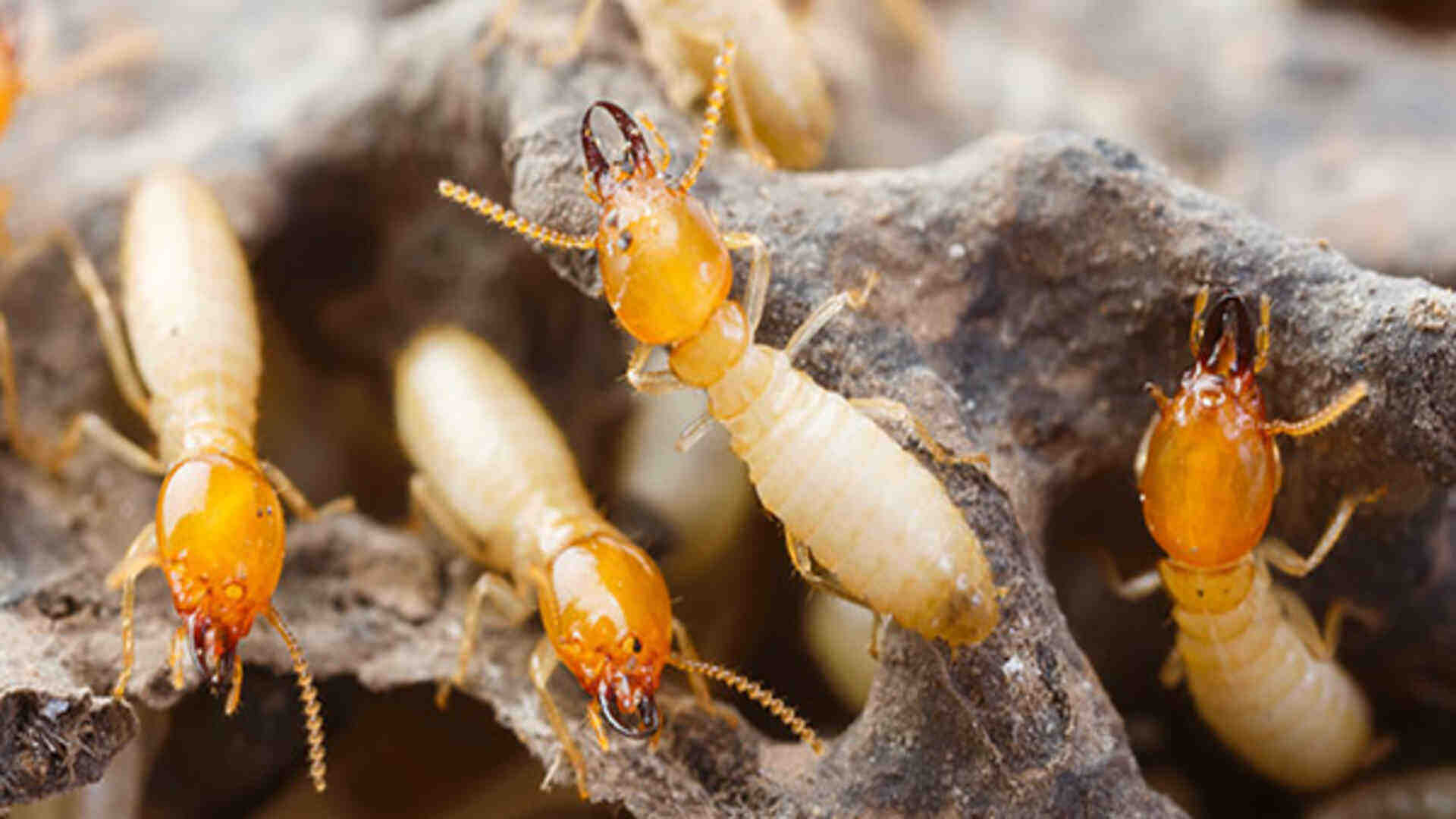
Take Action at the First Sign of Termites
- If you suspect termites, don’t wait – take immediate steps to control the problem.
- Contact a pest control professional company for a thorough inspection and treatment plan.
- Avoid DIY chemical treatments, as they may only repel termites without eliminating the colony.
- Follow expert recommendations, whether it involves baiting systems, chemical barriers, or localized wood treatments.
- Continue preventive measures even after treatment to ensure termites don’t return.
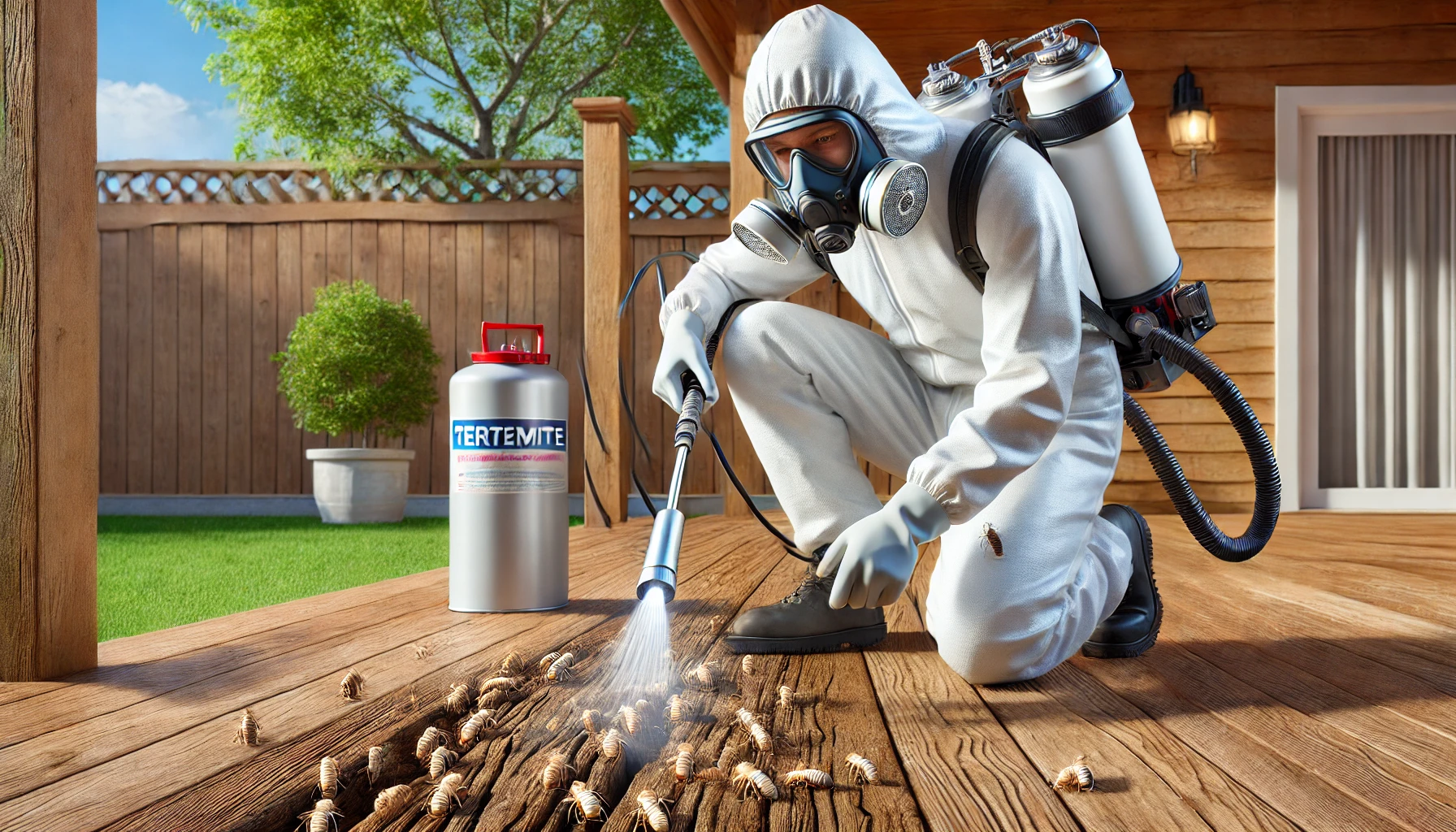 If you feel things have gone out of control, it is advised to contact pest control professionals. Our team can provide a customized approach to protect your home effectively.
Visit our Species, Control, and DIY Guide sections for additional resources on wasps and ways to tackle a wasp infestation.
If you feel things have gone out of control, it is advised to contact pest control professionals. Our team can provide a customized approach to protect your home effectively.
Visit our Species, Control, and DIY Guide sections for additional resources on wasps and ways to tackle a wasp infestation.





